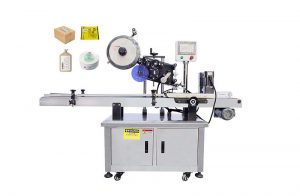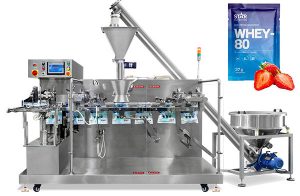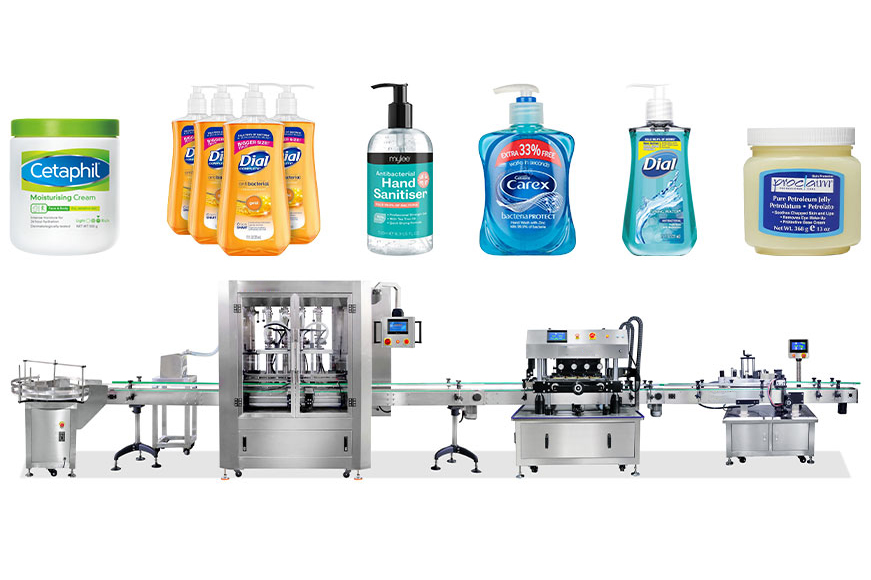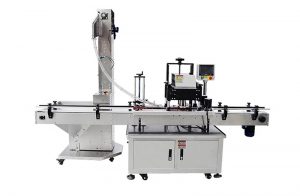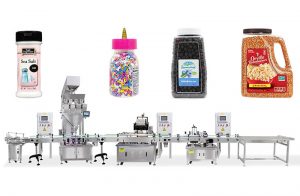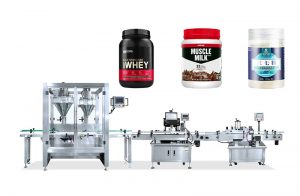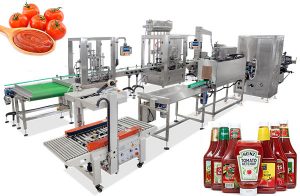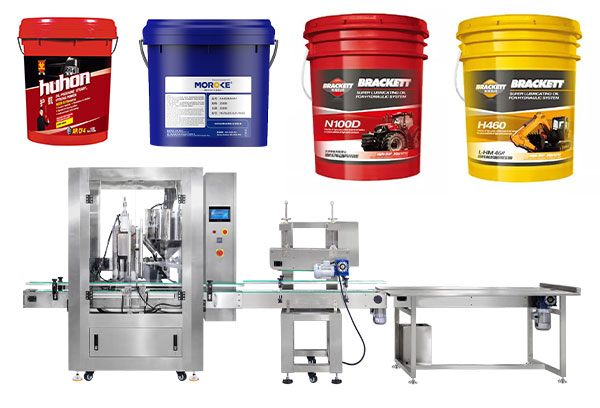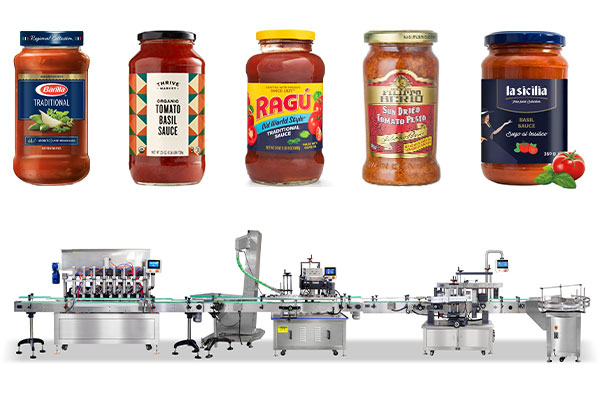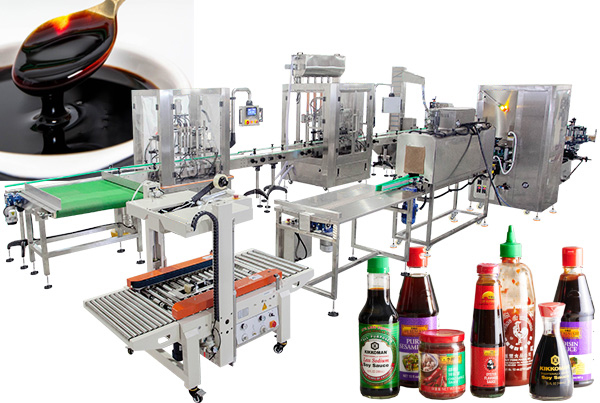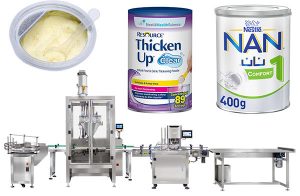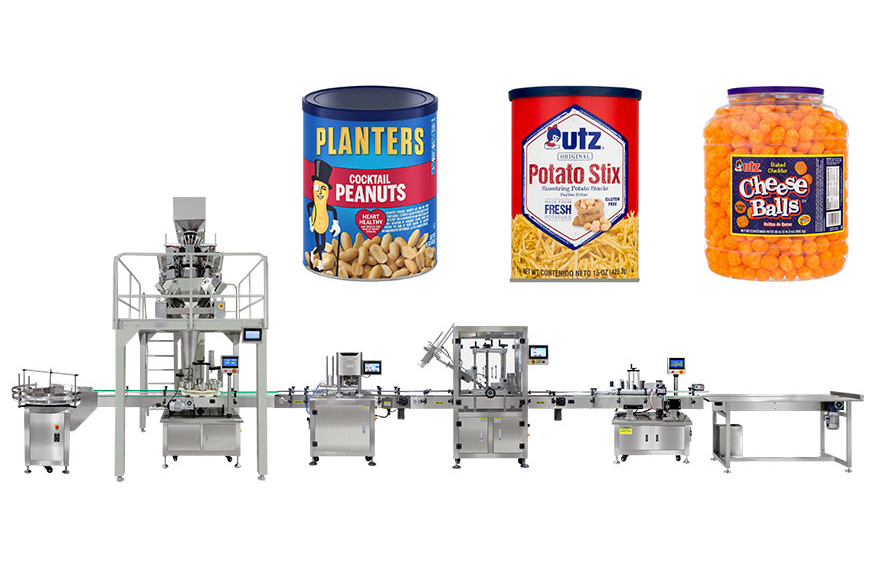In the dynamic world of packaging machinery, the choice between different types of filling mechanisms can significantly impact the efficiency and quality of production lines. Among the contenders in this arena are auger fillers and cup fillers. Today, we delve into the comparison between these two, seeking to answer a fundamental question: Is auger filler better than cup fillers?
To embark on this exploration, it’s essential to understand the underlying principles and functionalities of both auger fillers and cup fillers. Auger fillers utilize a rotating helical screw to dispense powdered or granulated substances into containers with precision and consistency. On the other hand, cup fillers employ volumetric cups to measure and dispense predetermined quantities of product into containers. Each mechanism comes with its unique set of advantages and limitations, which we’ll dissect further.
One of the primary advantages of auger fillers lies in their versatility and accuracy. The screw-based mechanism enables precise control over the amount of product dispensed, making them ideal for filling a wide range of substances, including powders, granules, and even viscous liquids. This precision is particularly valuable in industries where dosage accuracy is paramount, such as pharmaceuticals and food processing.
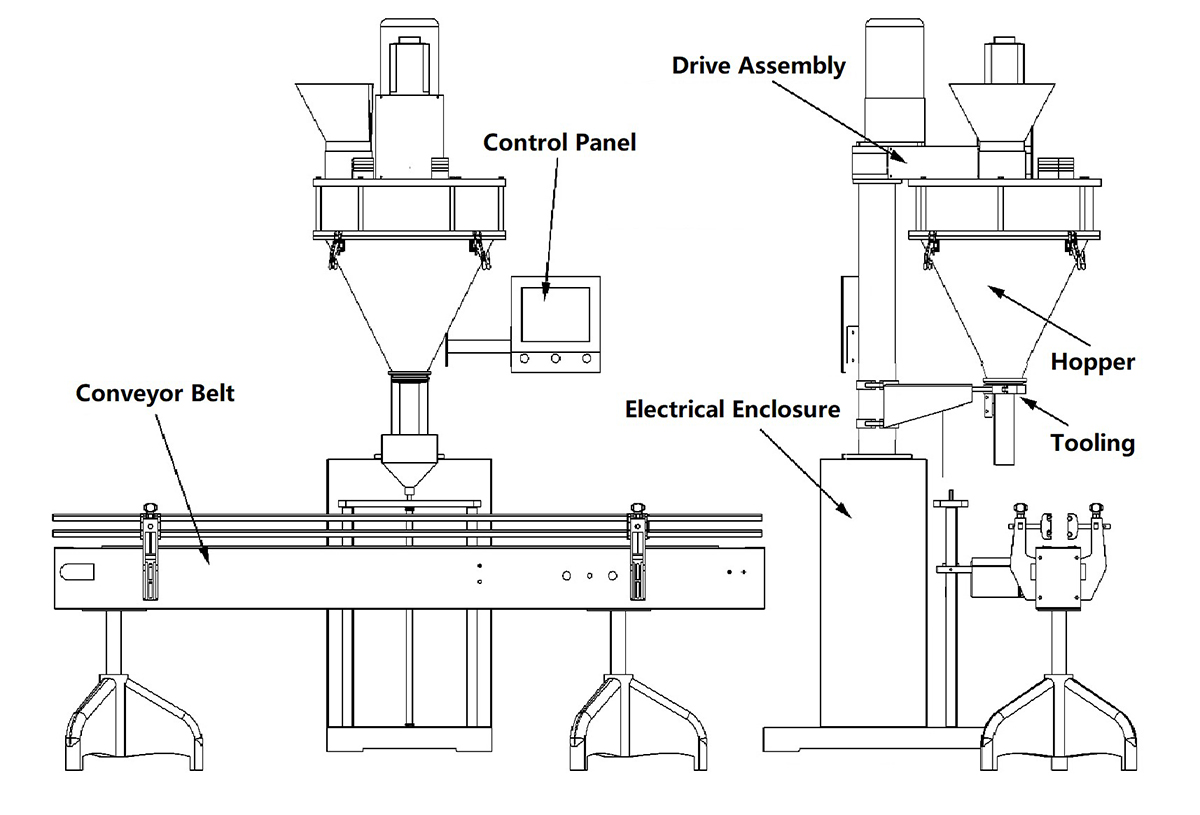
Moreover, auger fillers excel in handling non-free-flowing or sticky substances that may pose challenges for other filling methods. The gentle yet efficient movement of the auger ensures consistent and reliable dispensing, minimizing wastage and ensuring product integrity. This reliability translates into higher production yields and reduced downtime, enhancing overall operational efficiency.
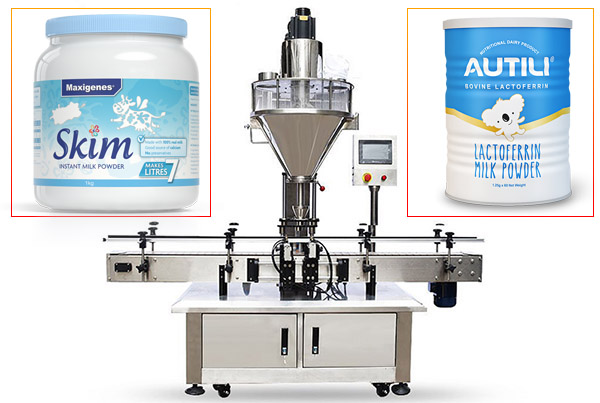
In contrast, while cup fillers offer simplicity and speed, they may lack the precision required for certain applications. Volumetric cup systems rely on fixed-size cups to measure product volume, which can lead to variations in fill levels, especially with different product densities. While suitable for free-flowing granular products like grains or candies, cup fillers may struggle with powders or products prone to clumping, leading to inconsistent fills and potential packaging issues.
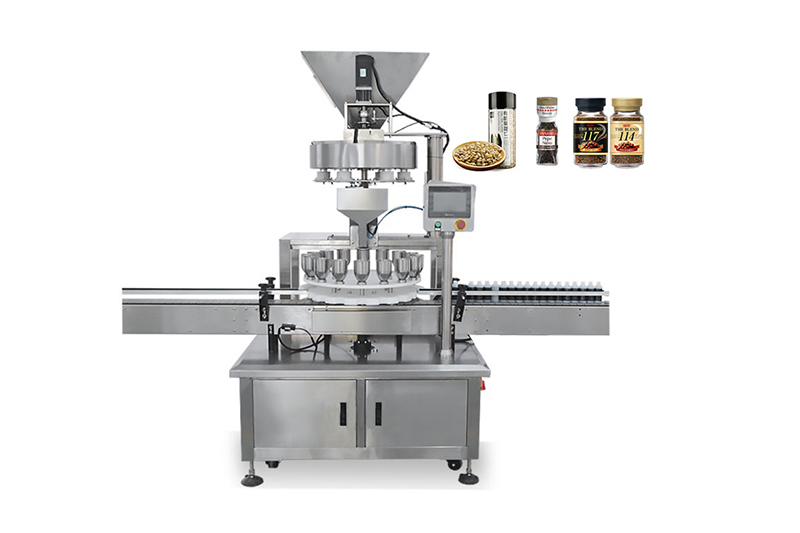
Another aspect worth considering is the ease of changeover and maintenance. Auger fillers typically feature tool-less adjustments and straightforward cleaning procedures, allowing for quick transitions between product types and minimal downtime for maintenance. In contrast, cup fillers may require more manual intervention and adjustment to accommodate different product sizes or densities, potentially prolonging changeover times and reducing overall productivity.
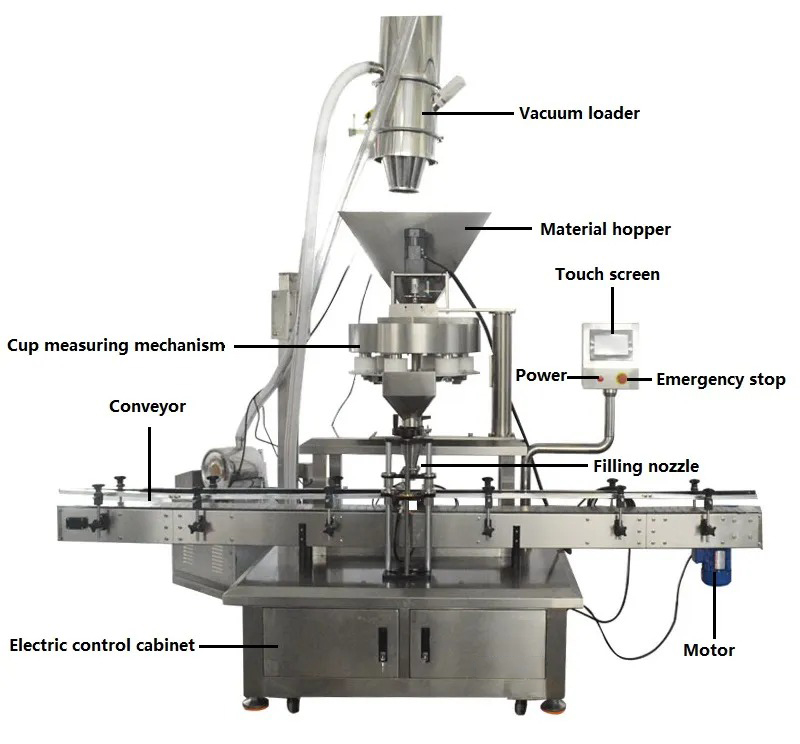
Furthermore, from a cost perspective, auger fillers often offer a more cost-effective solution over the long term. While the initial investment may be slightly higher than that of cup fillers, the versatility, accuracy, and reliability of auger systems can lead to significant savings in terms of reduced product wastage, increased throughput, and lower maintenance costs over the equipment’s lifespan.
In conclusion, while both auger fillers and cup fillers have their respective merits, the former emerges as a superior choice for industries that prioritize precision, versatility, and efficiency in their packaging processes. Auger fillers offer unparalleled accuracy, reliability, and flexibility, making them indispensable assets in modern manufacturing environments.
As you navigate the realm of packaging machinery, consider the unique requirements of your operation and weigh the benefits of auger fillers against alternative solutions. By investing in the right filling technology, you can optimize your production processes, enhance product quality, and stay ahead in today’s competitive market landscape.
Are you ready to elevate your packaging game with the precision of auger fillers? Contact us today to explore our range of cutting-edge filling solutions and unlock new possibilities for your business.

